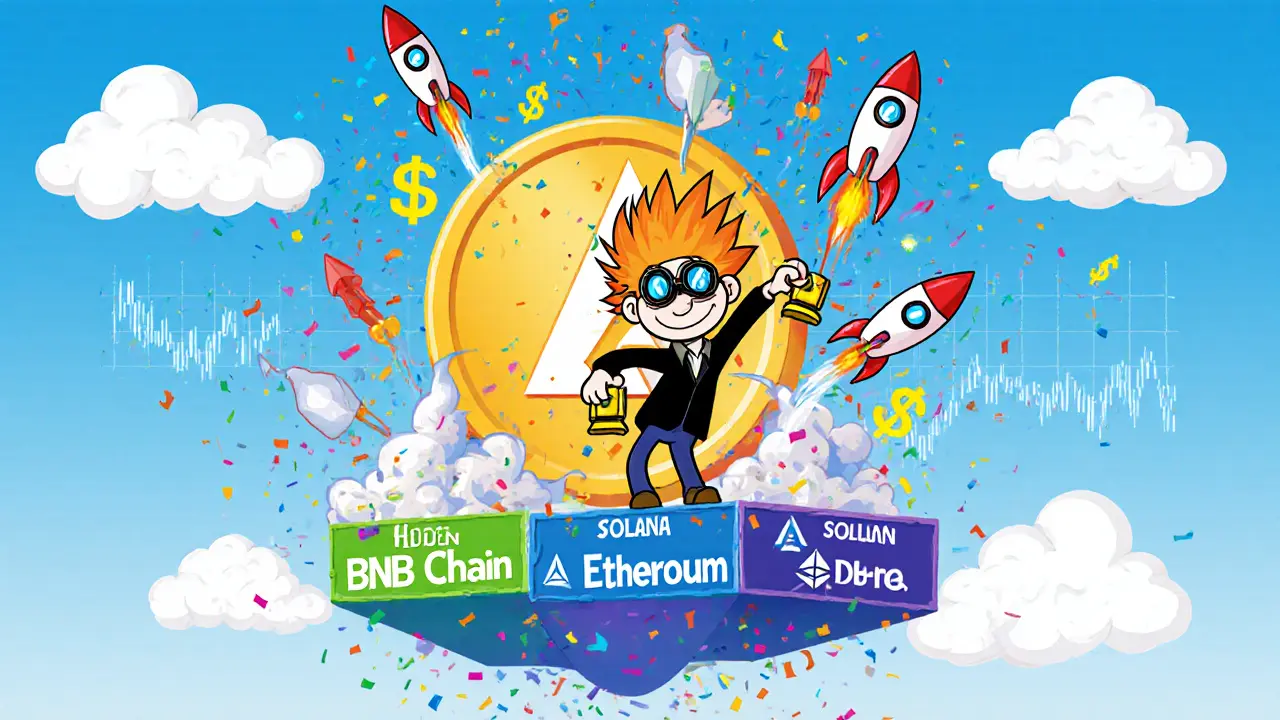Aster DEX: What It Is, How It Works, and Where to Find It
When you hear Aster DEX, a decentralized exchange designed for direct peer-to-peer crypto trading without middlemen. Also known as Aster Exchange, it lets users swap tokens using smart contracts instead of relying on a central company to hold their money. Unlike traditional exchanges like Binance or Coinbase, Aster DEX doesn’t ask for your ID, doesn’t store your funds, and doesn’t control your wallet. You’re in charge — which is great until something goes wrong and there’s no customer service to call.
Aster DEX fits into the larger world of DeFi, a system of financial apps running on blockchains without banks or brokers. It works alongside other tools like wallets (MetaMask, Phantom), liquidity pools (similar to Uniswap), and token standards (ERC-20, SPL). Many users turn to Aster DEX because it supports niche tokens that bigger exchanges ignore — tokens you might find in airdrops like PHA or DFI, or in projects tied to gaming NFTs or AI-driven crypto like AstraAI. But here’s the catch: if the smart contract has a bug, or if the team behind it disappears, your funds could vanish with no way to recover them.
What makes Aster DEX different isn’t just its tech — it’s who uses it. Most traders on Aster DEX are either crypto natives who know how to read contract addresses or people chasing the next big memecoin before it explodes. It’s not for beginners who want a simple buy button. You need to understand slippage, gas fees, and how to verify a token’s legitimacy before trading. And while Aster DEX might not have the brand recognition of Uniswap or SushiSwap, it often shows up in niche communities — like those tracking Solana-based tokens or early-stage DeFi protocols.
Looking at the posts on DAO Peak, you’ll see a pattern: people are hunting for alternatives to big exchanges, digging into how DeFi platforms connect, and trying to avoid scams disguised as airdrops. Aster DEX fits right into that trend. It’s not a household name, but it’s the kind of platform where real DeFi activity happens — the kind where you either make a smart move or lose money fast. If you’ve ever wondered how a tiny DEX can move millions in tokens overnight, or why someone would trade a coin no one’s heard of, Aster DEX is a living example.
Below, you’ll find real reviews, breakdowns, and warnings about platforms just like Aster DEX — from unregulated exchanges that vanish overnight to airdrops that promise free tokens but steal your wallet. Some posts explain how to spot fake DEXs. Others show you how to calculate your real returns after fees and impermanent loss. There’s no fluff here — just what works, what doesn’t, and what to watch out for next.

